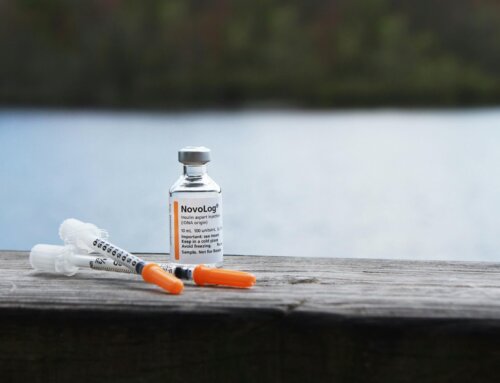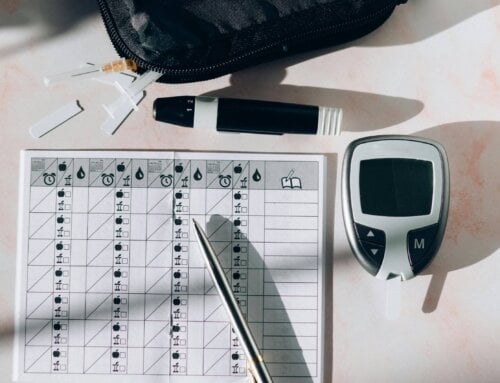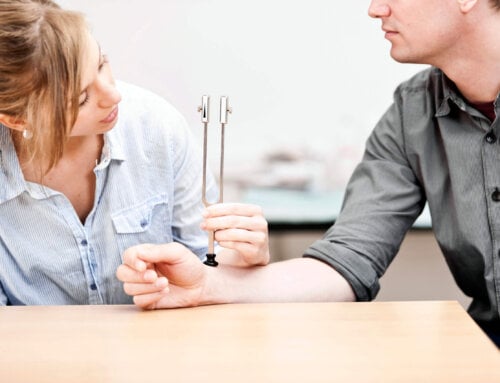Heart disease can be a complication associated with diabetes. When it comes to procedures such as bypass surgery, angioplasty and stents, it is usually presumed that the least invasive option is the best. Discover the truth and why it might not always be the case for those with diabetes.
- In many instances the least invasive procedure is often considered the best option. This isn’t especially true for people with conditions such as diabetes. Typical surgical or invasive procedures used to help those with diabetes include bypass surgery, angioplasty and stents.
- When blood vessels are blocked due to plaque build up it can interfere with the blood supply to your heart. Angioplasty is done to help open up these blood vessels to allow blood to flow more freely. A specially designed catheter with a balloon tip is inserted into a blood vessel, typically in the leg or arm. It is threaded up to the area around the heart. The balloon tip is inflated to open up the clogged area. To keep the blood vessel open, a metal cage called a stent is often inserted into the blood vessel. The newer stents are generally coated with drugs which slowly release over time and keep the vessel open for longer periods. These procedures are performed by an invasive cardiologist in a catheterization lab. Most patients stay only one night in the hospital after having a procedure like this.
- Bypass surgery is performed in the operating room where a heart surgeon removes blood vessels from one part of your body and uses them to reroute the blood flow around the clogged blood vessel. This is a much more invasive procedure that requires a longer hospitalization and recovery time.
- Studies have revealed that bypass surgery is usually the best option for those with diabetes, who have a different anatomy and may have other health conditions. People with diabetes tend to have smaller blood vessels; more diffuse disease and may have kidney failure. Angioplasty and a stent usually fix a small area at a time with only 1-2 vessels. Many blood vessels may be involved as a result of the inflammation associated with diabetes which requires more aggressive surgical treatments with better post operation results.
- Other studies indicate angioplasty and stents should still be considered and compared to the benefits of bypass surgery. In previous studies, there were lower death rates and fewer heart attacks in the bypass surgery group. However, this group had a higher risk of stroke. Recent studies show patients with diabetes who had bypass surgery experienced less chest pain and an improved quality of life within six months to two years after surgery. But after two years, there were no significant differences in either group. An individualized approach should always be taken with each patient. Discuss your options with your health care team to determine which one is right for you.
- Prevention is always the best approach when it comes to heart disease and diabetes. Use a blood pressure cuff and keep tract of the numbers. Work with a certified diabetes educator to determine the right foods to eat that fit into your schedule, personal preferences and lifestyle. Try to choose whole foods rather than processed ones with added fat and salt. Exercise each day for at least a half hour and find something you enjoy. Work on stress reduction as much as possible. Take all medications according to the dosage and schedule recommended by your doctor. All of these lifestyle habits may help lower heart disease risk and the need for future procedures.
While many people might assume the least invasive heart procedure is best for those with diabetes, it might not be the case for you. Discuss your options with your doctor to make an educated decision. Develop positive lifestyle habits before and after surgery to boost your heart health and overall well-being.












Leave A Comment